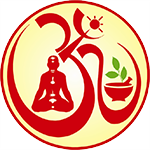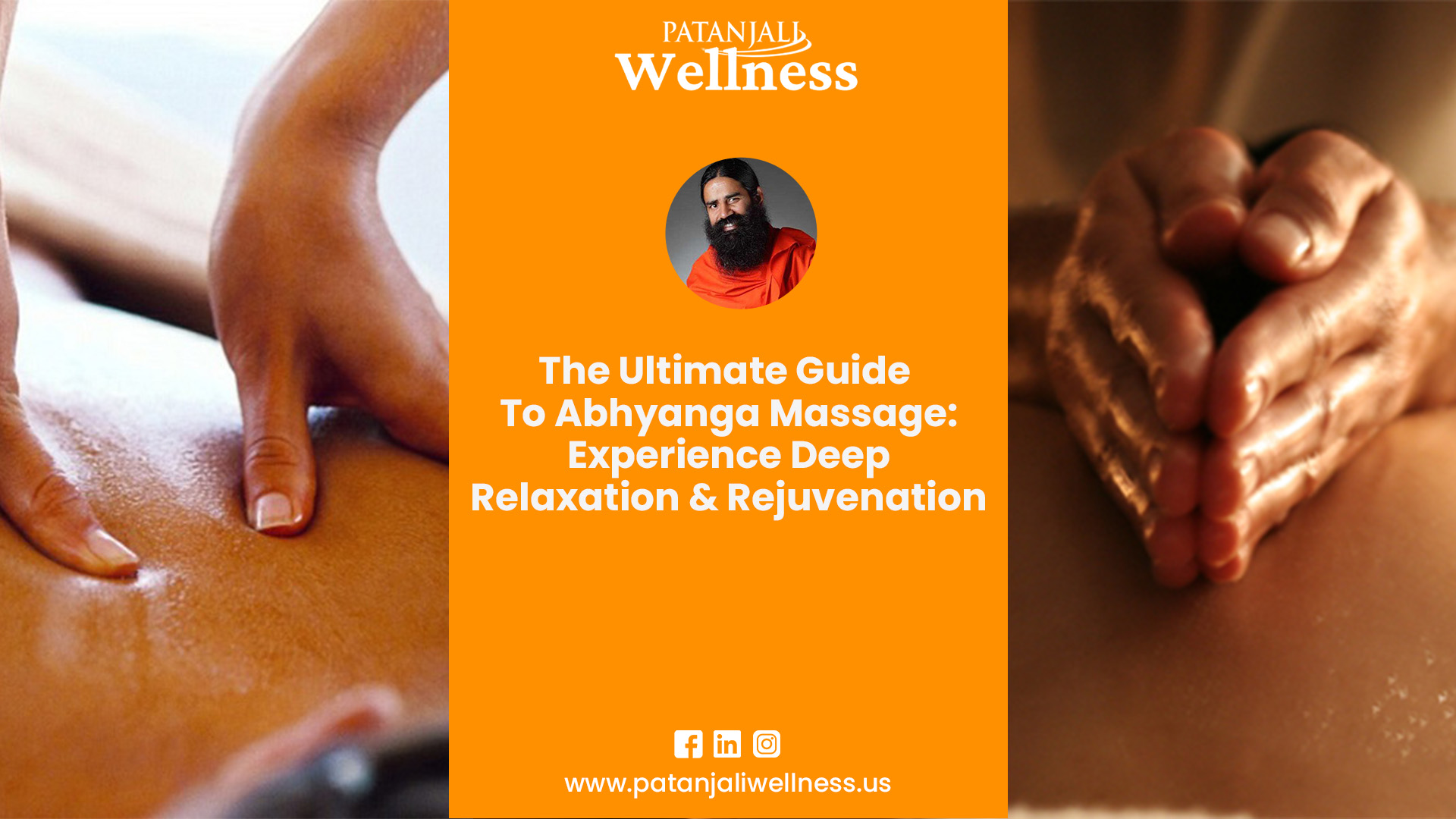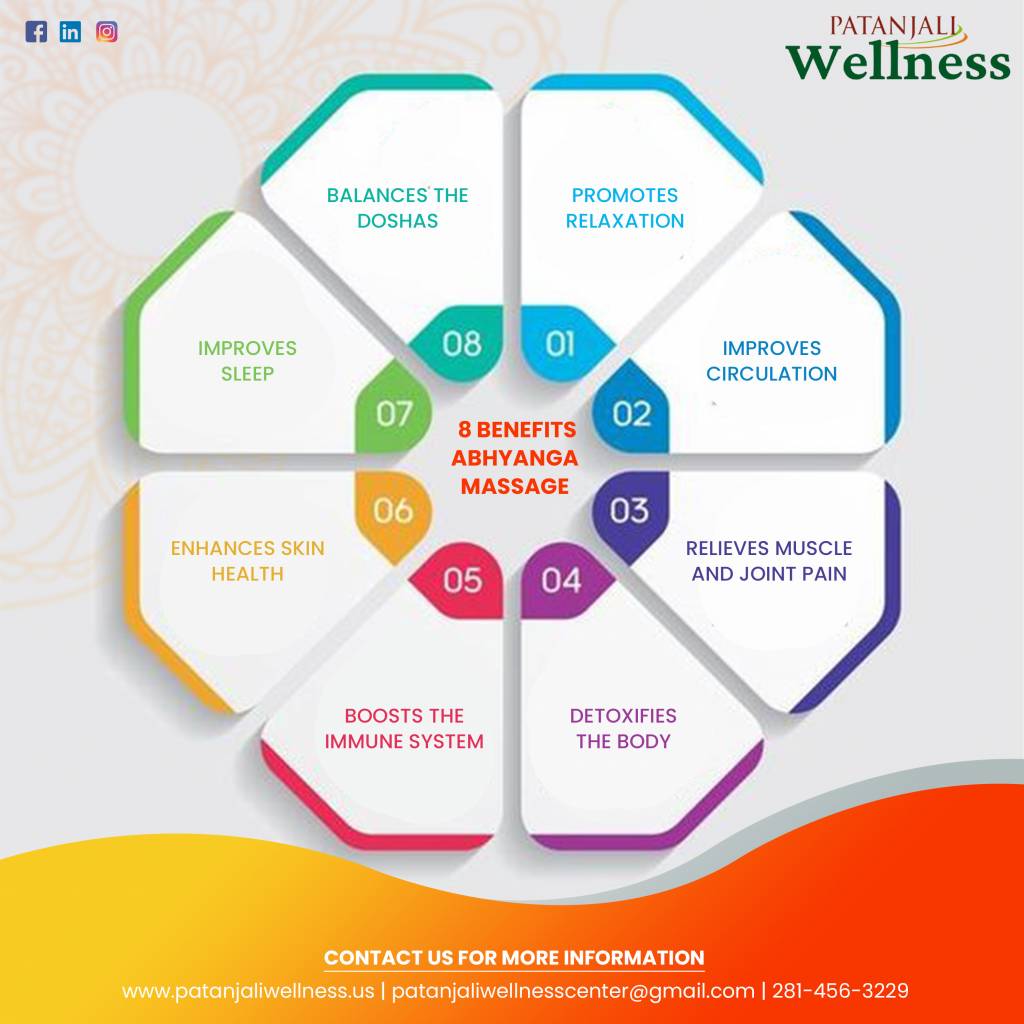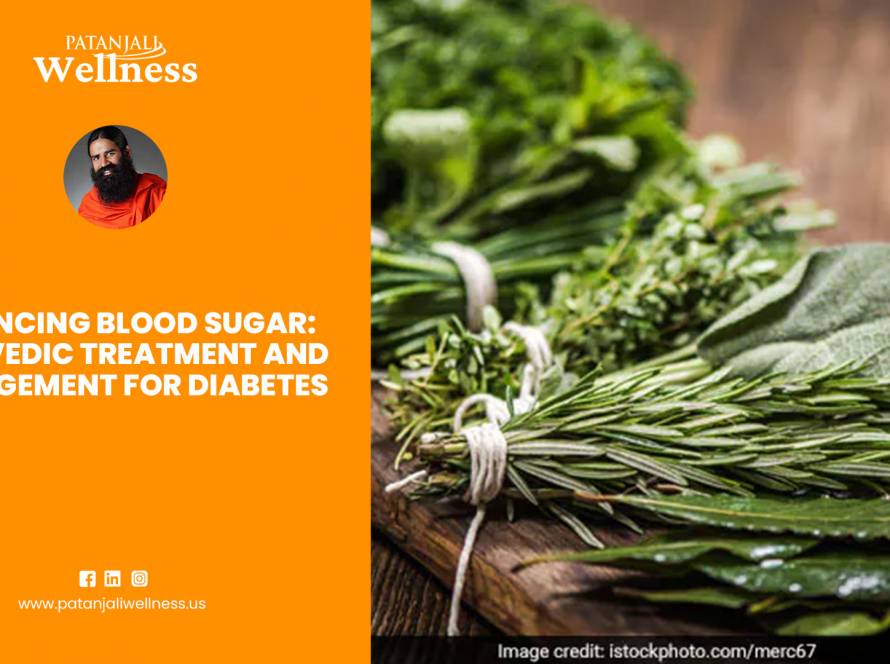Abhyangam is a traditional Ayurvedic massage therapy that has been practiced for centuries in India. This therapeutic massage is known for its ability to calm the mind, relieve stress, and promote overall wellness.
In this comprehensive guide, we will explore the benefits of Abhyangam massage, the techniques used, and how you can get it done by a professional therapist.
Whether you’re looking for a way to unwind after a long day or seeking a holistic approach to healing, Abhyangam massage therapy may be just what you need.
So, let’s dive in and discover the power of this ancient practice!
What is Abhyanga Massage?
Abhyangam massage is a traditional Ayurvedic massage therapy that originated in India 5000 years ago. It involves the use of warm herbal oils and gentle to moderate pressure to massage the entire body, including the head, neck, shoulders, arms, hands, legs, and feet.
The massage therapist uses a combination of long and short strokes, kneading, and circular movements to help release tension and promote relaxation. The oils used in Abhyanga massage are carefully selected based on the individual’s dosha, or Ayurvedic body type, and can include sesame, coconut, almond, and other therapeutic oils infused with herbs and spices.
Abhyanga massage is known for its ability to improve circulation, strengthen nerves, boost the immune system, relieve muscle and joint pain, and rejuvenate the mind, body, and soul.
How Ayurvedic massage therapy Abhyanga is different from regular massage?
When we hear the name massage, we assume that only after a physical injury or medical surgery one should go for massage therapy. However, Ayurveda says the human body needs a regular Ayurveda massage to function the body in the right way.
Abhyangam massage differs from regular massage in several ways.It is based on the principles of Ayurveda, a traditional Indian system of medicine that emphasizes the interconnectedness of the mind, body, and spirit. In contrast, regular massage typically focuses solely on the physical body.
Abhyangam massage uses warm herbal oils that are specially selected to balance the individual’s dosha or to suit the body type. These oils are believed to have therapeutic properties that can help to promote healing and relaxation.
Abhyangam massage typically involves a full-body massage that includes the head, face, and scalp, whereas regular massage may only focus on specific areas of the body.
Finally, Abhyangam massage techniques are specifically designed to stimulate the flow of energy in the body, known as prana in Ayurveda. This can help to release blockages and promote a sense of balance and harmony within the body and mind.
Overall, while there are some similarities between Abhyangam massage and regular massage, the focus on Ayurvedic principles, the use of warm herbal oils, and the emphasis on energy flow make Abhyangam massage a unique and holistic form of bodywork.
Benefits of Abhyanga Massage
Abhyangam massage has many potential benefits physically, mentally, and spiritually. Some of the key benefits include:
- Promotes relaxation: The abhyanga massage technique is known for its ability to promote deep relaxation and anxiety and stress reduction.
- Improves circulation: The massage strokes used in Abhyanga massage can help to improve blood and lymphatic circulation, which can aid in the delivery of nutrients and oxygen to the body’s tissues and organs.
- Relieves muscle and joint pain: The warm herbal oils used in Abhyanga massage can help to reduce inflammation and ease muscle and joint pain.
- Detoxifies the body: Abhyanga massage can help to stimulate the lymphatic system, which plays a key role in removing toxins and waste from the body.
- Boosts the immune system: The massage techniques used in Abhyanga massage can help to boost the body’s natural defenses and support overall immune function.
- Enhances skin health: The warm herbal oils used in this massage technique can nourish and moisturize the skin, leaving it soft and supple.
- Improves sleep: The massage can help to promote better sleep and removes tension in the body. It is also known for stress reduction.
- Balances the doshas: This massage is customized to an individual’s dosha, or Ayurvedic body type, and can help to restore balance and harmony within the body.
Overall, Abhyangam massage offers a wide range of potential benefits for the rejuvenation of physical, mental, and spiritual well-being.
Preparation for Abhyanga Massage
The preparation of Abhyanga massage therapy includes the following steps:
- Consultation with an Ayurvedic practitioner: Before starting Abhyanga Ayurvedic massage therapy, it is important to consult an Ayurvedic practitioner to determine the type of oil, massage technique, and duration of the therapy that will be most beneficial for your body type and health condition.
- Selecting the right oil: Choose an oil that is warm and unrefined. Sesame oil is the most commonly used oil in Ayurvedic massage, but other oils such as coconut oil, almond oil, or jojoba oil can also be used depending on the skin type and preference.
- Heating the oil: Heat the oil in a warm water bath or in a pot on low heat until it is warm but not too hot to the touch. The ideal temperature of the oil should be around 38-42°C (100-108°F).
- Preparing the massage area: A warm and quiet place is the first choice for performing the massage. A towel or mat is placed on the massage surface to protect it from oil stains. Dim lights and some soothing music is perfect to create a relaxing ambiance.
- Removing jewelry and clothing: It is suggested to remove any jewelry, watches, or tight clothing before starting the massage.
- Emptying the bladder and bowels: It is recommended to empty the bladder and bowels before starting the massage to prevent any interruptions during the Abhyanga massage therapy.
- Practicing relaxation techniques: Before starting the massage, it is important to practice relaxation techniques such as deep breathing, meditation, or yoga to prepare your mind and body for the therapy.
- Start with the head and face: The Abhyanga massage therapy starts by pouring some amount of oil on the scalp and massaging in a circular motion with fingertips. Then the massage is continued to the face, neck, shoulder, and other parts of the body.
- Focus on problem areas: Therapists spend extra time massaging any areas of the body that are particularly tense or sore. Using deeper pressure and circular motions to work out any knots or adhesions.
- Rest and relax: After the massage, it is suggested to lie down and relax for a few minutes to allow the oil to penetrate the skin and do its work. It is better to cover the body with a warm blanket or towel to keep the heat in.
- Clean up: After resting, Ayurvedic massage therapists suggest taking a warm shower or bath to remove any excess oil from the skin. A mild soap or body wash is recommended to use to avoid stripping your skin of its natural oils.
Precautions Post Abhyanga Massage Therapy
After receiving an Abhyangam massage, it is important to take care of your body to ensure that you get the most benefit from the therapy. Here are some tips for post-Abhyanga massage care:
- Rest: It is important to rest for at least 15-30 minutes after the massage to allow your body to absorb the oil and relax. Avoid any strenuous activities or exercise immediately after the massage.
- Hydration: Drink plenty of water and herbal teas after the massage to help flush out toxins from your body and keep yourself hydrated.
- Avoid cold and spicy foods: After the massage, avoid eating cold, raw, and spicy foods as they can interfere with digestion and cause imbalances in the body.
- Warm shower or bath: Take a warm shower or bath to help remove the excess oil from your skin and soothe your muscles.
- Wear comfortable clothing: After the massage, wear loose and comfortable clothing that allows your skin to breathe and helps you relax.
- Avoid exposure to cold and wind: Avoid exposure to cold and windy weather after the massage as this can cause dryness and stiffness in the body.
- Get enough sleep: Make sure to get enough sleep after the massage to allow your body to rest and rejuvenate.
By following these tips, you can ensure that you get the most benefit from Abhyanga massage therapy and maintain a healthy balance in your body and mind.
Final Thoughts
In conclusion, Abhyangam massage therapy is an ancient Ayurvedic technique that offers numerous benefits for the mind, body, and spirit. From promoting relaxation to improving blood circulation and stress reduction, Abhyangam massage therapy can help you achieve a greater sense of well-being and balance.
If you’re looking for a natural and holistic way to improve your health, consider trying Abhyanga massage therapy at Patanjali Wellness Center in Houston. Consult with an Ayurvedic Doctor to determine the best approach for your needs and experience the rejuvenation effects of this ancient therapy. Don’t hesitate to give it a try and discover its many benefits for yourself.






